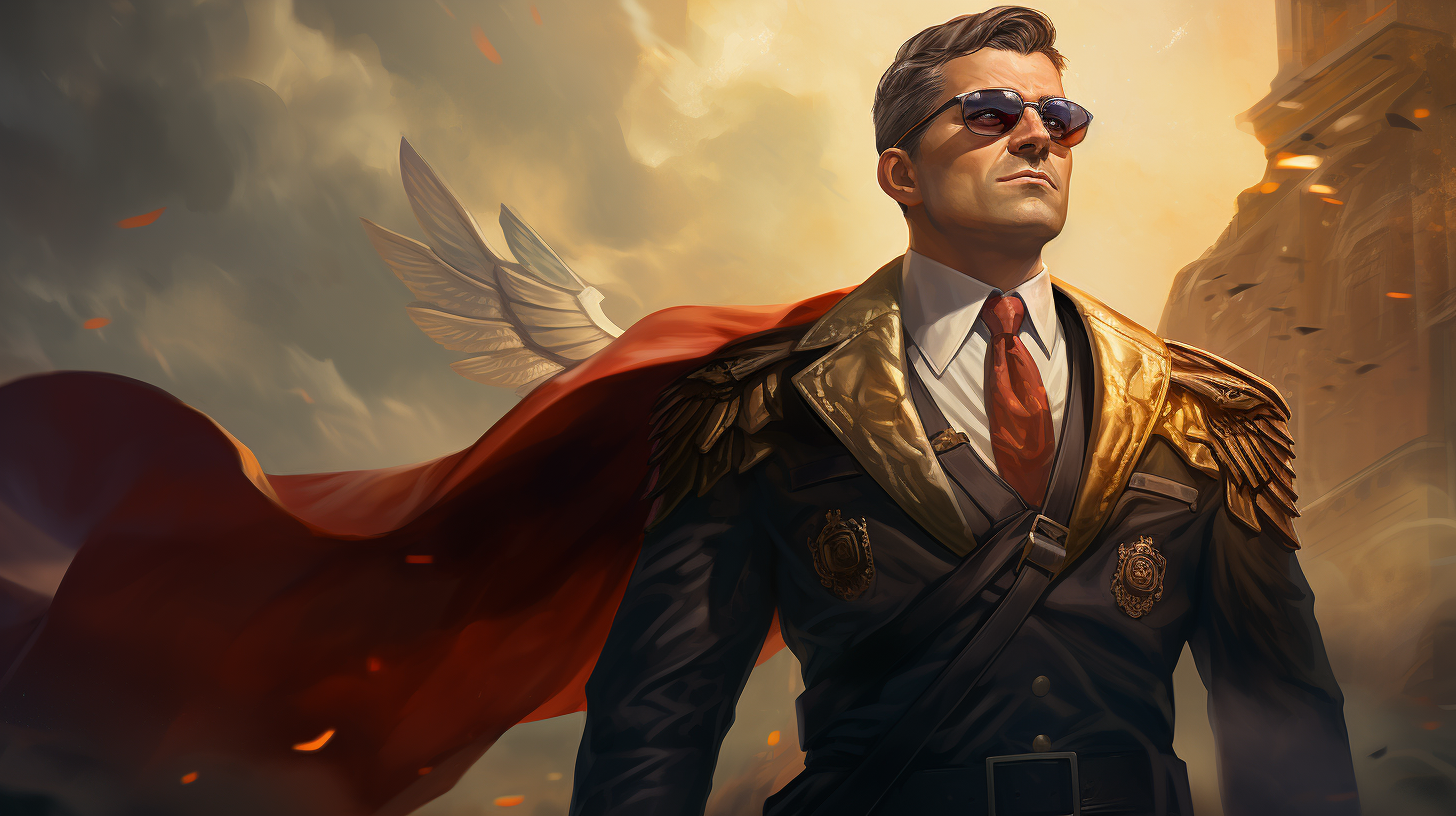We love leaders. We idolize them, blame them, and expect them to save the day. This obsession with the heroic leader overlooks a critical truth: leadership is not a solo act.
As Teddy Roosevelt said, "The credit belongs to the [one] who is actually in the arena..." Leadership is an active, often messy struggle. No leader succeeds alone.
Yet we perpetuate the myth of the lone hero leader. When companies falter, we blame the CEO. When countries struggle, we blame the president. We act as if they alone determine success or failure.
In truth, leaders depend on their teams. Consider some of history's greatest leaders - where would they have ended up without their talented teams? Churchill without his wartime cabinet, Jobs without Wozniak, Phil Jackson without his Bulls.
This false narrative hurts leaders and teams alike. It pressures leaders to appear all-knowing and infallible. Even the best leaders make mistakes - the difference is they learn from them. Meanwhile, team members get overlooked, as we attribute results to the leader alone.
What drives this distorted view?
We crave simple explanations and compelling narratives. The bold hero leader makes for a better story than murky, complex realities. Our bias for action and accountability pushes us to personify good and bad outcomes in the leader.
But leadership doesn't reside in a single person. It emerges from teams of diverse individuals combining their talents and strengths.
Patrick Lencioni was right - cohesive teams drive organizational success. But most leaders chase individual glory, not team cohesion. Why? Building teams takes emotional effort and intelligence (EQ) - skills where many leaders falter. It's easier to treat employees like cogs in a machine, telling them what to do rather than showing them how.
To build better teams, we must rethink leadership. Leadership is not a person or position. It is a collective process of aligning strengths, coordinating effort, and unleashing potential in others. It each team member bringing their A-game to every engagement. It's each member deeply reflecting, finding humility, and an eagerness to learn and grow, evolve and adapt.
This starts with humility - recognizing leaders are human, flaws and all. Next, prioritizing cooperation over control, seeking first to understand, then identify each person's unique abilities.
This won't come from the top alone. Change may start in the middle or bottom. Wherever we sit, we can model collaborative leadership. Identify others' talents, find ways to nurture them, and coordinate our efforts toward shared goals. In this collective leadership approach, who gets credit matters less than the results. Our obsession with heroic leaders has caused dysfunction for too long. It's time to share leadership and build better teams. That's how we can all contribute to success.
September 27, 2023

